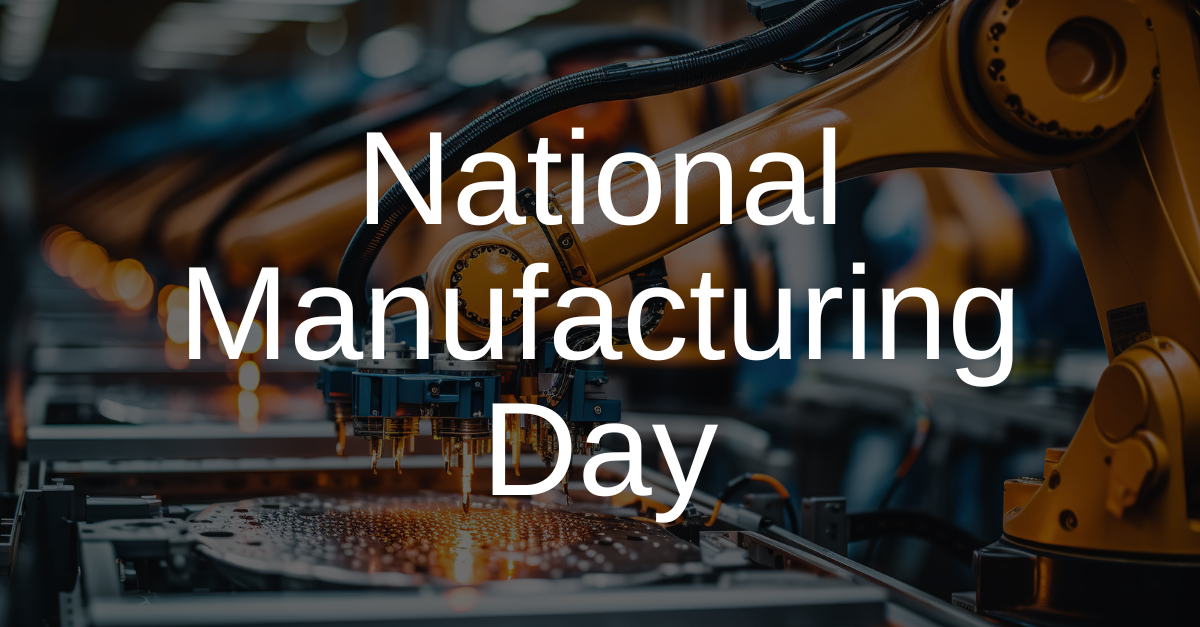
Manufacturing in a Shifting Economic Landscape: Challenges and Opportunities
Manufacturers today face uncertainty as they confront rapidly changing and contradictory economic indicators. The broader U.S. market has seen consistent corporate earnings and consumer spending stability. At the same time, pessimistic consumer sentiment has suggested a contraction in the U.S. economy since the beginning of the pandemic. Changes in consumer sentiment used to be a helpful economic signal. However, the overall consumer outlook is no longer a good predictor of the economic outlook. The Purchasing Managers’ Index (PMI), another traditional predictor of the economic outlook for the manufacturing sector, also seems to suggest some degree of contraction in the future, albeit a modest one.
Historically, the manufacturing industry experiences more severe volatility than other industries in a recession. Manufacturing often experiences a bullwhip effect as one of the first sectors impacted but usually one of the earliest to recover. Other early signs of a downturn include rising interest rates and high bond yields, leading to increased funding and borrowing costs. Rising inflation, energy price volatility and increased labor costs can also indicate a recession is near. Many economists argue about what qualifies as a recession with a general admission that it’s difficult, if not impossible, to identify a recession until it’s already upon you.
Manufacturers can look internally for leading indicators of slowing economic growth. For example, demand is more volatile and increasingly difficult to predict. Costs are increasing, and the stickiness of inflation-driven increases is difficult to overcome or pass on to customers. There are labor shortages, heightened employee turnover and other labor challenges.
Amid the noise, manufacturers should understand that if a recession isn’t looming, there is a broad consensus that there will be a prolonged period of elevated interest rates and slowed economic growth. It is open to debate whether or not it constitutes a recession.
In addressing these challenges, being proactive versus reactive is vital. There can be substantial benefits to improving organizational resiliency and implementing some simple “no-regrets” moves.
So, what alternative efforts can help manufacturers navigate the path forward?
Raw Materials and Cost of Sales for Manufacturing Companies
These are significant drivers of profitability, and it can be helpful to think of them through the lens of cost and continuity.
- Focus on optimizing your sourcing and procurement strategy.
- Identify spend categories where pricing increases have outpaced broader inflation and pockets with deflationary pressure.
- Go back to suppliers to claw back inflated prices and protect margins. Or consider the benefits of diversifying your supply base to make it more competitive, resilient and responsive to your organization’s needs.
- Identify key supply chain metrics and track meaningful data to evaluate how your business has responded to recent disruptions or fluctuations in demand.
Understanding the impacts of material shortages, lost productivity or lengthier cash conversion cycles is critical to weathering and protecting your organization from future similar challenges.
Manufacturing Talent and Labor
Across all industries, including manufacturing, we are changing the future of how we work. Our workforce is also changing, and we must develop new strategies to retain talented people. As manufacturers continue to leverage innovative technology, such as AI, and look for opportunities for the digitalization of their warehouses or the automation of specific production processes, management will need to pivot the way they think about talent. Some roles won’t be necessary or will change, and it is increasingly challenging to find skilled workers. To retain and attract talent, consider adding additional flexibility in the workday (i.e., virtual vs. in-person) and be innovative with your operation’s crewing structure and shift schedules. You should deploy skills-based training programs internally to retain current employees and keep them engaged. It will be necessary to upskill and reskill the existing workforce.
When it comes to recruitment, consider attracting diverse groups of talent and sponsor educational programs for high schools to introduce them to a career in manufacturing. Implement Diversity, Equity and Inclusion (DEI) and well-being initiatives to keep up with expected best practices and compete with other leading companies. The availability of these types of programs is becoming increasingly essential to employee satisfaction.
Evaluate leadership and overall SG&A (Selling, General and Administrative) effectiveness (i.e., overhead) to identify sectors of your workforce that you must rightsize. For instance, a spans and layers assessment could be helpful when reviewing the current state of the organizational structure. This assessment could find opportunities to reduce costs by identifying scenarios where more effective management is needed (e.g., too many FTEs at a management level or too few FTEs reporting to one person).
Asset Productivity and Efficiency Improvements for Manufacturing Operations
To improve focus on fixed assets and inventory, assess your existing pipeline of projects, initiatives and priorities and consider postponing those with lengthy ROIs or that are capital intensive. Focus on opportunities that can provide direct bottom-line benefits in the short- to medium-term. Some worthwhile initiatives often include considering how to use your assets in the service of demand. In other words, how do you put your inventory and fixed assets to productive use? When looking at inventory, take a quantitative approach and re-examine the methodology around estimating obsolete inventory, deadstock and safety stock levels and measuring waste and yield. Does the current method align with commercial strategies and operational realities? Consider plans for current production scheduling, freight load utilization and fulfillment operations and whether fixed assets are underutilized.
Net Working Capital for Manufacturing Businesses
Access to capital and sufficient cash flow management is essential during an economic downturn. Ensuring that your company has high-interest coverage and can meet any current debt covenants is vital. Further, prioritize maintaining a good credit rating and protecting lower interest forms of debt (i.e., not paying off in place of higher interest rate loans). Reconsider your current standard practices around accounts receivables and payables. Can you find simple but effective ways to improve net working capital? To understand your current state, start by measuring working capital trends, such as interest coverage ratio, average days in sales outstanding or AP turnover. Evaluate your existing payment terms with vendors and current payment terms offered to customers. Consider extending those payment terms with vendors and time payments to only occur at the end of the period. Further, increase efforts to manage outstanding balances due from customers and implement incentives to encourage on-time or in-advance payments.
Nobody knows what’s around the corner, and inconsistent economic indicators make that more difficult today than ever in the past. Manufacturers can improve their chances of navigating the uncertainty, wherever it may take them, by implementing some straightforward “no-regrets” moves to improve financial health and operational resiliency. These suggestions are just a small subset of potential levers, and you must tailor your specific strategy to the context of your organization and circumstances.
Navigating through this shifting economic landscape can be challenging. If you need guidance improving your organization’s resiliency, our Manufacturing Practice can help. Please get in touch with us for strategies specific to your business needs.

